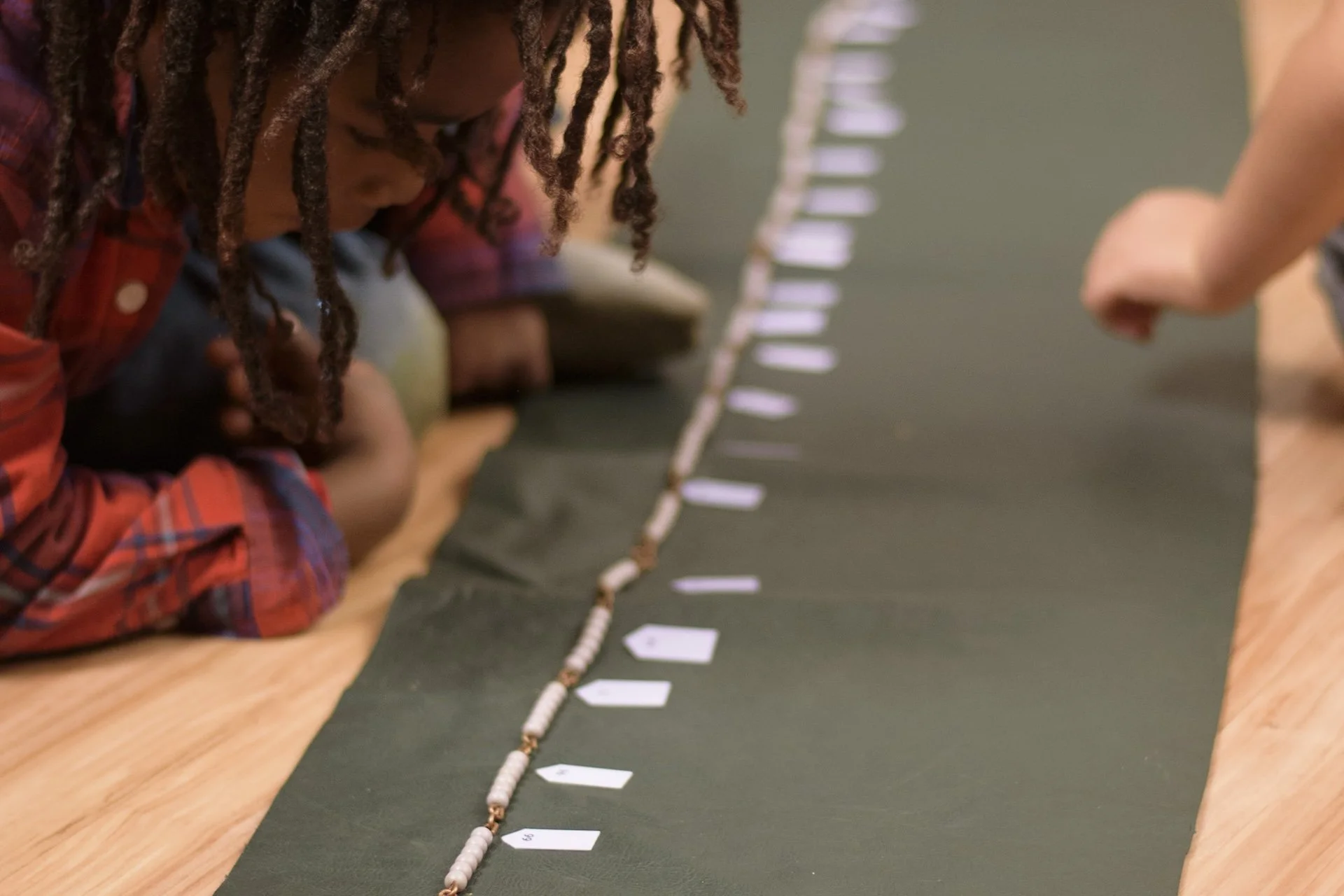“Never help a child with a task at which he feels he can succeed.”
You may already know that Montessori educators value and encourage independence in even their youngest students. Why is it so important? We believe that nurturing this valuable character trait is both empowering and necessary.
Benefits of Cultivating Independence
In short, giving a child the gift of independence lets them know we value them and know they’re capable. Children can grow up feeling empowered and safe in their abilities to make sound choices. When we trust them, they learn to trust themselves, ultimately becoming happy and productive members of their communities.
Of course, this looks different at different ages. Children birth to age six want to do things by themselves, while elementary aged children want to think for themselves. Adolescents seek both physical and social independence while they tread the waters between childhood and adulthood. It’s important to remind ourselves of these developmental stages, both as teachers and parents.
What Independence Means at School
In the earliest years at school, children focus on what we refer to as practical life skills. This may include learning to prepare simple snacks, putting on their own shoes or coats, or caring for classroom plants and animals. Children are given endless opportunities to practice these skills.
Another facet of independence at a Montessori school involves choice within limits. Children are able to decide what work they are interested in. Teachers carefully prepare the classroom environment so that all choices are safe and desirable, but within those boundaries the child is free to explore.
As children get older (the elementary years and beyond), they must meet certain academic expectations. Teachers use a variety of tools to help students work independently while still meeting their goals, including work plans and time management strategies. Research becomes of great interest at this time, and children are given ample opportunity to deeply explore topics they choose.
How Parents Can Support This Work at Home
How can families continue the cultivation of independence in the home? It all starts with a shift in the way we view our children’s capabilities. They are often able to do much more than we realize, and with a little bit of modeling they tend to eagerly accept a challenge. After all, our children want to do what we do, and if we give them the proper tools and support, they can begin practicing.
The chart below highlights some of the possibilities. Think of this as an inspiring guide that highlights what children of various ages are typically capable of. Giving our children tasks such as these builds their confidence while helping them learn how to be contributing members of a community - in this case, their family.
Looking Forward
One of the easiest ways to encourage independence in our children is to be more aware in the moment. Though it can be a challenge to slow down and let them move at their pace (like when they insist on zipping up their own coat while we’re rushing out the door to get to work), it’s going to benefit them in the long run. Building a little extra time into our schedules can help! Some little changes we can make to embed this value into our days:
- Send your child to put their shoes on 10 minutes before you’d like to leave.
- Leave child-friendly cleaning supplies within reach.
- Put pre-portioned or easy-to-prepare snacks on low shelves.
- Turn spills and messes into opportunities.
- Let your child (eek!) pick out their own clothes. For younger children especially, some weather appropriate guidance is just fine. Enjoy the creative fashion statements that ensue.
Montessori reminds us that supporting independence is a conquest that does not end, though it most definitely evolves.
“Independence is not a static condition; it is a continuous conquest, and in order to reach not only freedom, but also strength, and the perfecting on one’s powers, it is necessary to follow this path of unremitting toil.”









